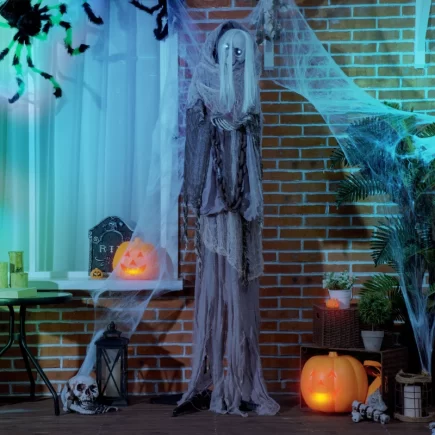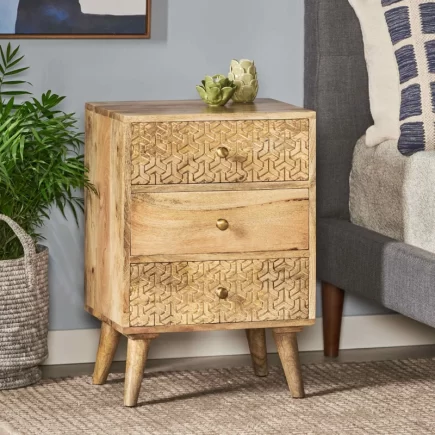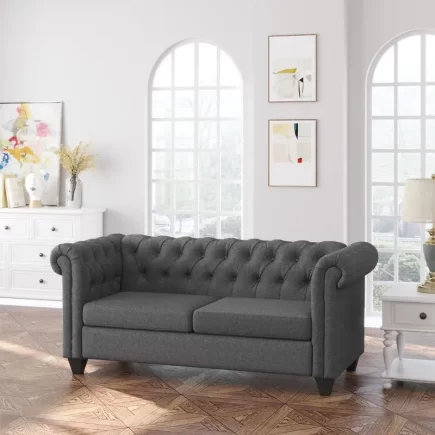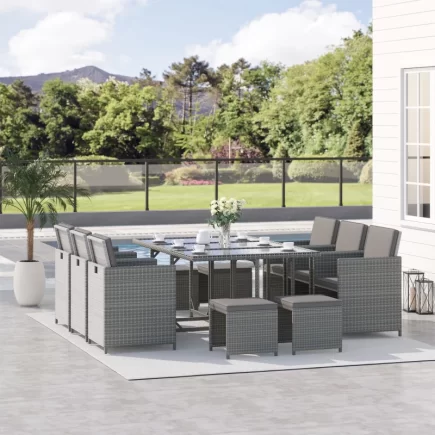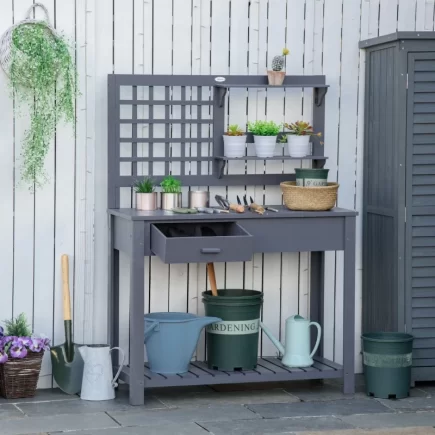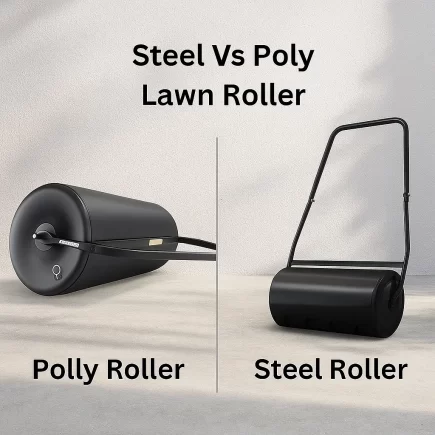When it comes to home organization and storage, two furniture pieces often stand out: the wardrobe and the cabinet. Both are essential for maintaining order and offering a space to store items, yet they serve different purposes and come with distinct features. Understanding the differences between these two can help you make the right choice for your home.

Evolution of Wardrobes and Cabinets
Wardrobe Evolution
The wardrobe has a long history, dating back to medieval times. Initially, it was a storage piece for valuables and clothing, often a simple wooden box or a chest. Over time, wardrobes evolved into larger, more elaborate pieces of furniture with compartments for hanging clothes and built-in mirrors.
Today, wardrobes are central furniture pieces in bedrooms, offering specialized storage solutions.
Cabinet Evolution
Cabinets also have a broader historical range of uses. In ancient times, cabinets were designed to hold precious items, such as documents or jewelry. Over the centuries, cabinets transitioned into storage solutions for household goods.
In the modern era, cabinets are designed to hold everything from kitchenware to electronics, adapting in shape, size, and functionality to meet the needs of various spaces.

Functional Differences: Wardrobe vs. Cabinet
Wardrobe Functionality
A wardrobe’s primary function is clothing storage. Its design revolves around organizing garments, whether hanging or folded. Most wardrobes have features like hanging rods, adjustable shelves, and drawers to accommodate shoes, hats, or accessories. Some modern wardrobes even include specialized sections for clothing such as suits, dresses, or shoes.
Cabinet Functionality
Cabinets are versatile and can store a wide range of items, including kitchenware, tools, documents, electronics, and bathroom essentials. Their design depends on their intended use. For instance, kitchen cabinets are made to withstand moisture and hold food or utensils, while living room cabinets often feature compartments for electronics or decorative items.
Design and Placement Considerations
Wardrobe Design and Placement
A wardrobe’s design usually emphasizes practicality while complementing bedroom aesthetics. Many feature sleek lines or mirrored doors that blend style with function.

Cabinet Design and Placement
Cabinets, in contrast, vary widely in appearance, from minimalist kitchen styles to decorative living room units with glass or open shelving. Placement also differs: wardrobes typically belong in bedrooms or dressing areas where clothing storage is needed, while cabinets can be positioned in kitchens, offices, bathrooms, or living spaces depending on their function.
Storage & Customization Features
Wardrobe Storage & Customization
Both wardrobes and cabinets are designed to maximize storage, but their approaches differ. Wardrobes focus on vertical clothing organization, often with a mix of hanging rods, shelves, and drawers to separate long garments, folded clothes, and accessories.
Cabinet Wardrobe Storage & Customization
Cabinets, on the other hand, offer broader flexibility, with adjustable shelves, pull-out drawers, and specialized compartments that can be tailored for kitchenware, documents, electronics, or decor. Modern designs in both allow customization, making it easier to adapt layouts to specific household needs without clutter.

Material Choices and Durability
Wardrobe Material
Wardrobes are typically made from wood, metal, or engineered materials like MDF (Medium Density Fiberboard). Wood wardrobes are generally more durable and can withstand the weight of clothes and accessories.
The material chosen often depends on the wardrobe’s style and intended use. A wooden wardrobe, for example, offers a classic look but may require occasional maintenance like polishing.

Cabinet Material
Cabinets can be made from a broader range of materials, including wood, metal, glass, and even plastic. The material choice is often dependent on the cabinet’s intended use. For example, kitchen cabinets may be made from moisture-resistant wood or metal, while bathroom cabinets are designed with materials that can withstand humidity. The durability of cabinets varies based on material and the environment in which they are placed.
Cost Comparison
Wardrobe Cost
Wardrobes are generally more expensive than cabinets due to their larger size and specialized design. High-quality wardrobes made from solid wood or with custom features like mirrors, lighting, and additional storage compartments tend to be pricier. The cost of a wardrobe will also vary depending on the materials and craftsmanship, but on average, wardrobes tend to be more expensive.
Cabinet Cost
The cost of cabinets can vary significantly based on their material, design, and functionality. Budget-friendly cabinets can be found in many home improvement stores, while custom or high-end cabinets can become quite expensive, especially for kitchen remodels. Cabinets also tend to vary in price depending on where they are installed (e.g., bathroom cabinets tend to be cheaper than custom kitchen cabinets).
Maintenance and Cleaning
Wardrobe Maintenance
Maintaining a wardrobe is relatively simple. Regular dusting and organization are usually sufficient to keep it in good condition. Wooden wardrobes may require occasional polishing to preserve the finish, while metal or MDF wardrobes can be wiped down with a damp cloth. The interior shelves and drawers may need periodic organization to avoid clutter.

Cabinet Maintenance
The maintenance requirements for cabinets depend largely on their material and location. Kitchen cabinets, for instance, often require more frequent cleaning to remove food residues and grease. Bathroom cabinets may need occasional cleaning due to moisture and humidity. Living room cabinets, especially those with glass doors, may need regular dusting to maintain their appearance.
Choosing the Right Option
If you’re looking to store clothes, shoes, and accessories in an organized manner, a wardrobe is the ideal choice, especially for bedrooms or dressing rooms. Its vertical design and specialized compartments make clothing storage efficient. However, for a more versatile solution that can accommodate a wide range of items like kitchenware, documents, or decor, a cabinet is the better option.
Cabinets offer customizable designs that fit various spaces, from kitchens and bathrooms to living rooms and offices. Consider your storage needs and available space when choosing between a wardrobe and a cabinet.
FAQs
1. Are built-in wardrobes better than freestanding ones?
Built-in wardrobes can save space and provide a custom, seamless look, making them ideal for small rooms or areas with odd dimensions. However, freestanding wardrobes are more flexible and portable, offering easier relocation or resale.
2. Can I use a wardrobe as an office storage solution?
Yes, a wardrobe can be a great office storage solution, especially for files, documents, and office supplies. By adding shelves or baskets, you can organize everything efficiently, making it a multi-purpose piece for the office.
3. What should I consider when placing a wardrobe in a room with limited space?
When placing a wardrobe in a room with limited space, consider sliding doors or compact designs. Avoid bulky wardrobes and choose slimmer, taller models to utilize vertical space while maintaining easy access to your belongings.


